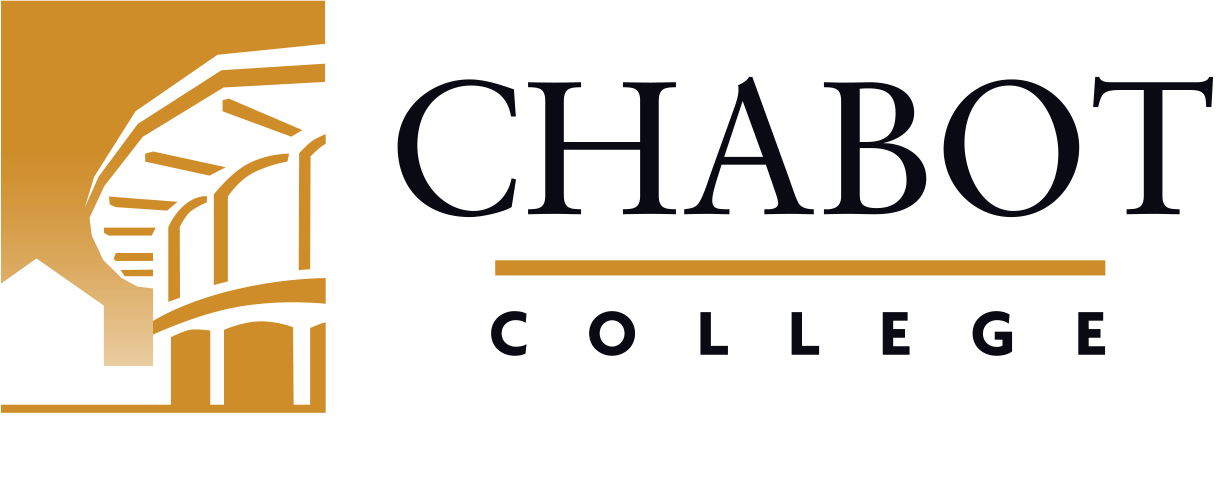
Course Outline for Art 24
3-D Foundations
Effective: Fall 2022
SLO Rev: 04/13/2021
SLO Rev: 04/13/2021
Catalog Description:
ART 24 - 3-D Foundations
3.00 Units
Introduction to the concepts, applications, and historical references related to three-dimensional design and spatial composition, including the study of the elements and organizing principles of design as they apply to three-dimensional space and form. Development of a visual vocabulary for creative expression through lecture presentations and use of appropriate materials for three-dimensional studio projects.
1009.00 - Applied Design*
Letter Grade Only
| Type | Units | Inside of Class Hours | Outside of Class Hours | Total Student Learning Hours |
|---|---|---|---|---|
| Lecture | 2.00 | 36.00 | 72.00 | 108.00 |
| Laboratory | 1.00 | 72.00 | 0.00 | 72.00 |
| Total | 3.00 | 108.00 | 72.00 | 180.00 |
Measurable Objectives:
Upon completion of this course, the student should be able to:
- identify and demonstrate an understanding of the formal elements and organizing principles of three-dimensional art;
- independently produce objects, forms, and problem-solving projects that successfully incorporate the basic elements and organizing principles of three-dimensional art;
- discuss, describe, analyze and critique three-dimensional works of art through references to the formal elements and principles of design;
- make individual aesthetic decisions and judgments related to their own design work;
- translate ideas and visual experience into tactile forms objects using both formal and conceptual approaches;
- recognize the presence of specific design elements and principles in works of art as well as in the everyday physical world around them, throughout history and across cultures;
- compose in three dimensions and work with a variety of media, which may include but is not limited to clay, wood, metal, paint, plaster, paper, fibers, mixed media, and in the use of digital technology such as 3D scanners and printers in an appropriate and safe manner.
Methods of Instruction:
- Lectures
- Presentation of audio-visual materials
- Oral and Written Analysis
- Hands-on Activities
- Field Trips
- Distance Education
Assignments and Methods of Evaluating Student Progress:
- Construct an Autobiographic Shadow Box using found objects
- Carve a bar of soap into a replica/copy of a modernist sculpture
- Create a body extension (prosthetic) design, which may include paper, wood, plaster, wire, metal, clay, fibers, mixed media, etc.
- Create a proposal for an Environmental Earthwork
- Model a Portrait Bust in clay
- Oral Presentation
- Papers
- Portfolios
- Final Examination or Project
Upon the completion of this course, the student should be able to:
- gain functional competence with principles of visual organization, including the ability to work with visual elements in three dimensions;
- present work that demonstrates perceptual acuity, conceptual understanding, and technical facility at a professional entry level in 3-Dimensional Design;
- exhibit their work and to experience and participate in critiques and discussions of their work and the works of others.
Textbooks (Typical):
- Zelanski, Paul, and Mary Pat Fisher (2006). Shaping Space Wadsworth Cengage Learning.
- Roth, Richard, and Pentak, Stephen (2015). Design Basics 3-D (9th). Wadsworth Cengage Learning.
- Art Kits available at the Chabot Bookstore.
Abbreviated Class Schedule Description:
This course will introduce basic concepts, techniques, tools, and materials for three- dimensional design using a variety of media such as clay, plaster, found objects , mixed-media etc. Students will learn to analyze and critique artwork using the design vocabulary of form, mass and volume, texture scale, proportion and space relationships as well as an awareness of historical and contemporary artists in the field of sculpture and three-dimensional object making.